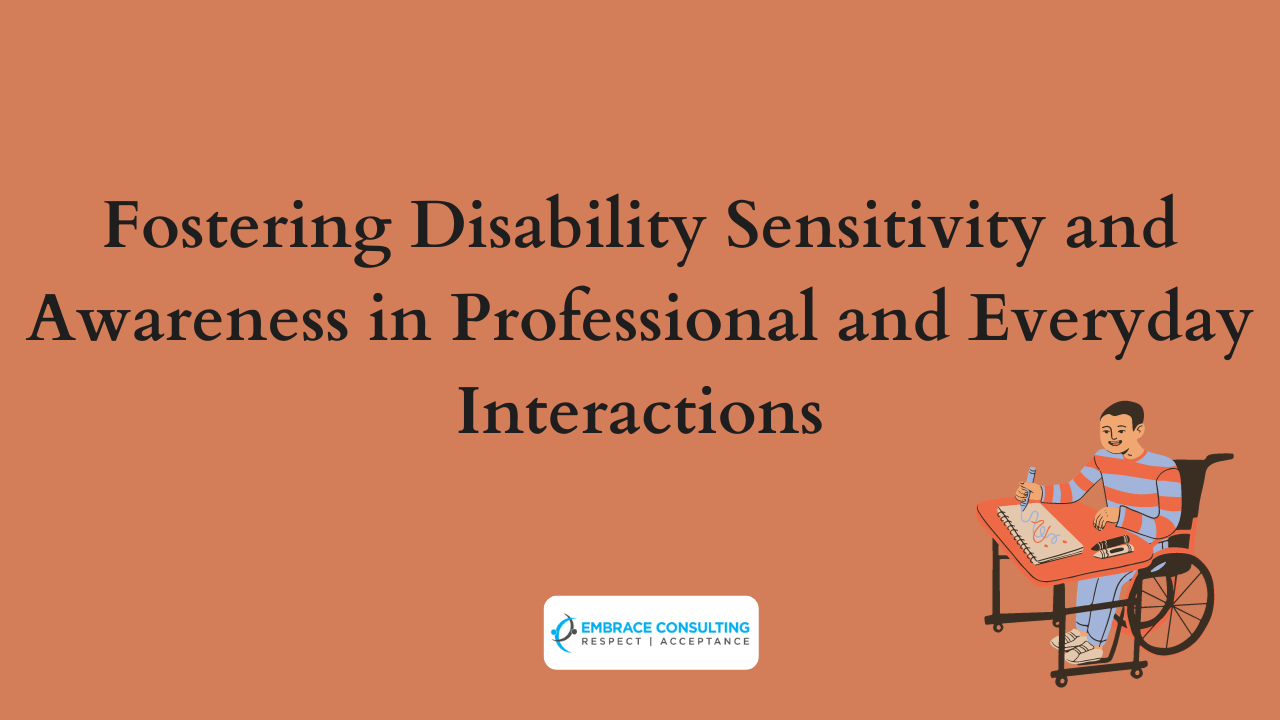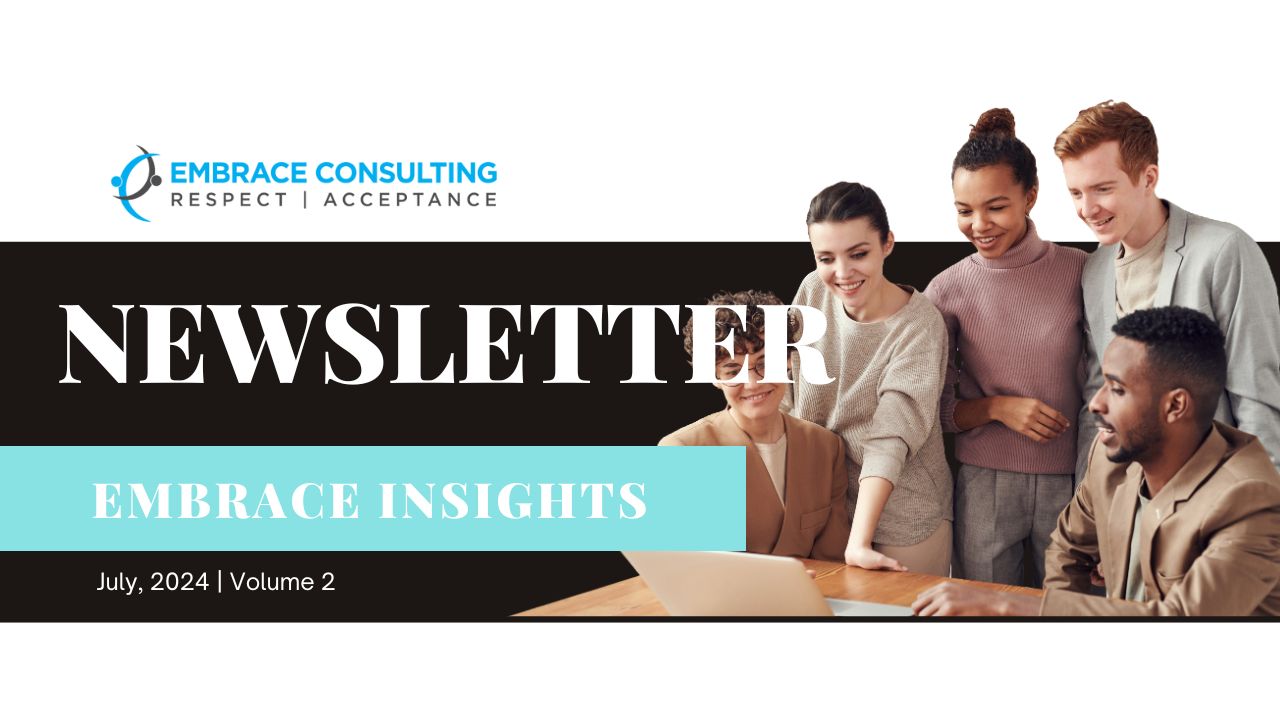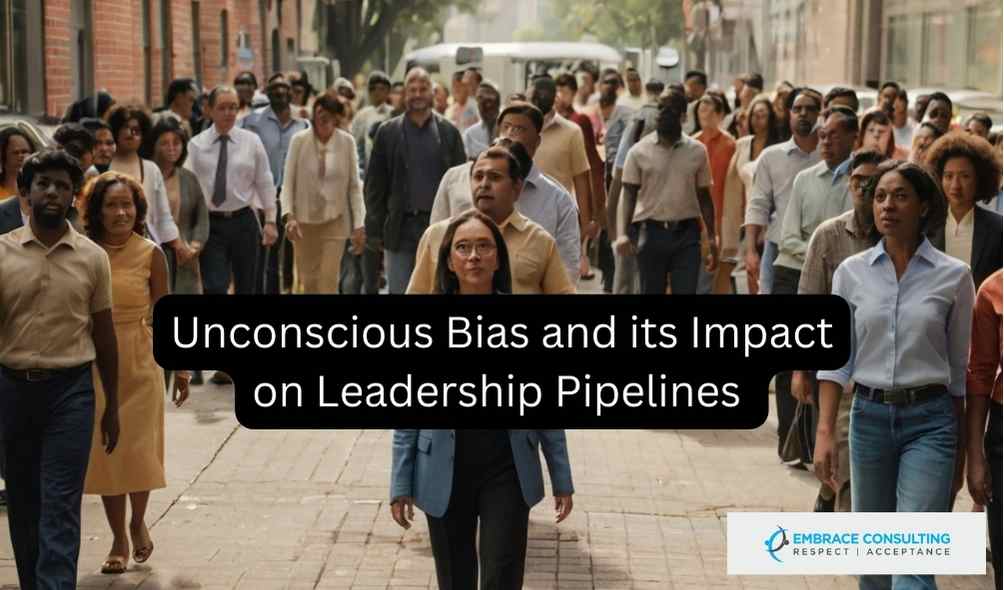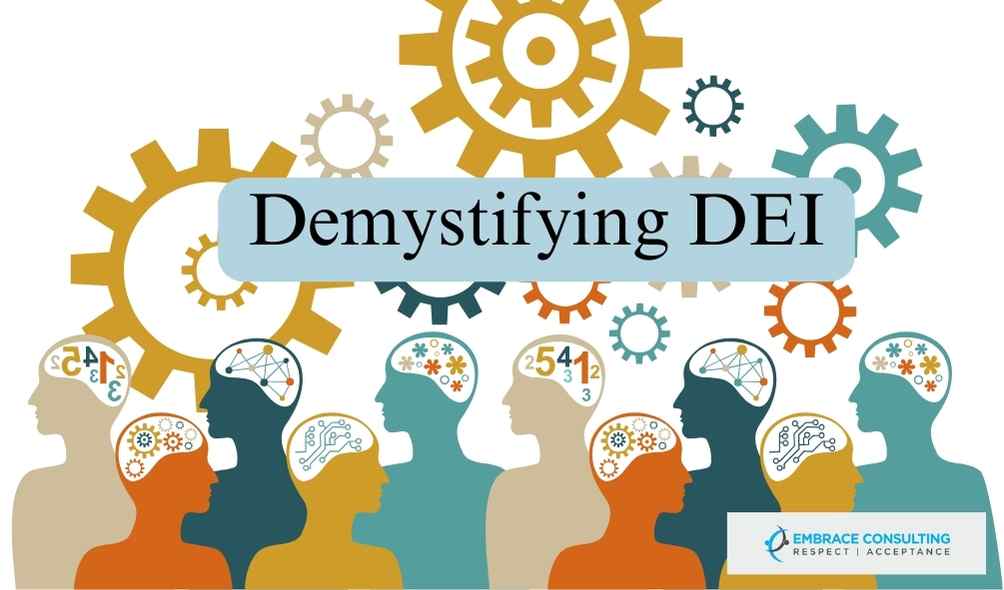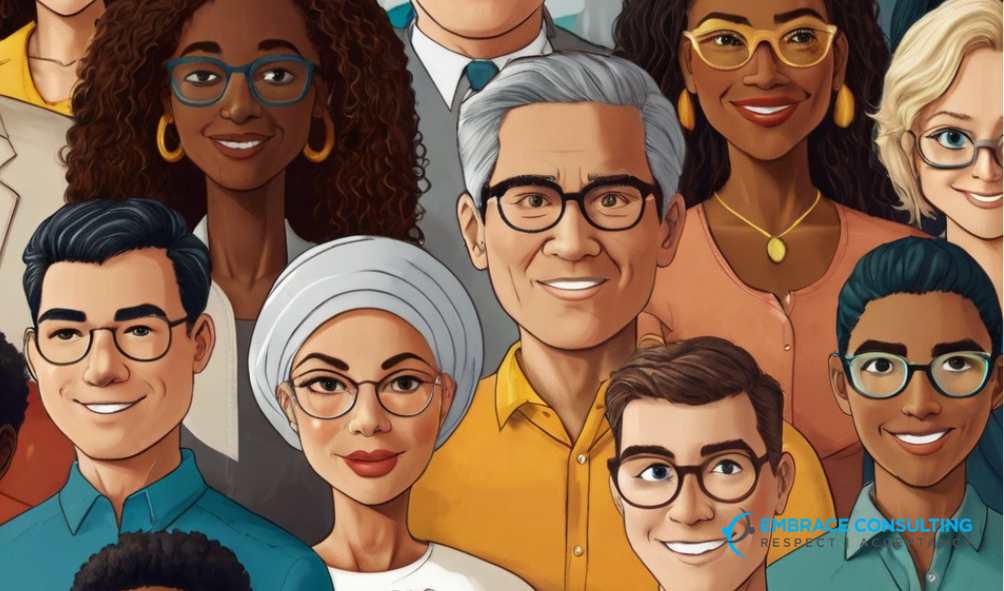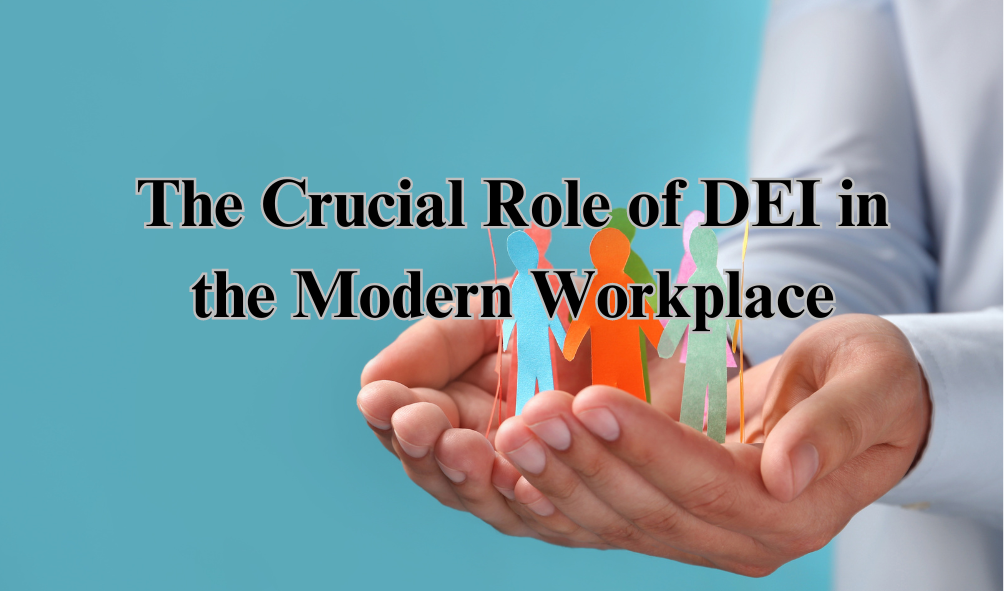In our diverse and inclusive world, Disability sensitivity and awareness play a crucial role in fostering respectful and productive interactions, both in professional and everair max goaterra 2.0 adidas adilette 22 stockx yeezy official site custom jersey netting wig cruz azul jersey 2023 ja morant jersey original netting wig jersey nfl original nike jordan proto max nike nba miami heat nike air max 270 sale adidas yeezy shoes air jordan 1 cheap jerseysyday settings. With an array of training programs and resources available, workplaces are equipped to provide their employees with the essential tools for engaging with colleagues and visitors who have disabilities.
Understanding the diversity within the realm of disabilities is crucial for fostering inclusivity and empathy within society. By acknowledging and respecting the unique challenges that individuals with disabilities face, we can work towards creating a more accessible and supportive world for everyone. Disability sensitivity training in the workplace can be invaluable for fostering inclusivity and understanding, but it may also face several challenges:
- Resistance and Awareness: Employees may resist or lack awareness of the importance of disability sensitivity training, viewing it as unnecessary or unrelated to their roles.
- Stereotypes and Bias: Overcoming preconceived notions and biases about disabilities can be challenging, and some employees may cling to misconceptions despite training.
- Time and Resource Constraints: Conducting effective training programs requires time and resources, and some organizations may struggle to allocate these adequately.
- Diverse Disabilities: Disability sensitivity training must cover a wide range of disabilities, each with its unique challenges and considerations, making it difficult to provide comprehensive training.
- Maintaining Engagement: Keeping employees engaged and ensuring they retain the information learned can be a challenge, as the subject matter can be emotionally charged or perceived as overly theoretical.
- Fear of Offense: Certain employees might be apprehensive about saying something incorrect or inadvertently causing offense, and this fear can impede open discussions during training. For instance, a lack of awareness could result in untimely comments that might upset individuals with disabilities.
- Practical Application: Converting the knowledge acquired from training into daily workplace routines can pose difficulties, and there might be reluctance to implement essential accommodations. For instance, employees may inadvertently forget to be considerate in their conduct during a team meeting involving individuals with disabilities.
- Ongoing Commitment: Disability sensitivity is not a one-time effort but an ongoing commitment. Ensuring that the principles learned are continually integrated into workplace culture can be difficult.
- Measuring Impact: Quantifying the impact of disability sensitivity training in terms of improved workplace inclusivity and employee satisfaction can be challenging, as it often involves qualitative changes that are harder to measure.
- Cultural Differences: Multinational organizations may face the added complexity of addressing different cultural perspectives on disability, requiring customized training approaches.
Despite these challenges, disability sensitivity training remains a critical component of fostering a more inclusive and equitable workplace. Organizations that invest in addressing these challenges can reap the rewards of a more diverse and understanding workforce Here are some fundamental considerations to keep in mind when interacting with individuals with disabilities:
- Always Ask Before You Help: While well-intentioned, it’s essential to ask if assistance is needed before offering it. Respecting a person’s autonomy and desire for independence is paramount. For instance, we should avoid assuming that individuals using wheelchairs desire assistance with mobility.
- Respect and Physical Contact: Be mindful of physical contact. Many individuals with disabilities rely on their arms for balance, so their mobility aids are an extension of their personal space. Treat their equipment with respect. For instance, individuals with disabilities would feel uncomfortable if someone stood too close without regard for their personal space.
- Thoughtful Communication: Think before you speak. Address the person directly, using clear and respectful language. Avoid speaking down to or patronizing individuals with disabilities.
- Avoid Assumptions: Do not make assumptions about an individual’s capabilities or limitations based on their disability. People are the best judges of what they can or cannot do. Respect their choices and preferences.
- Accommodation vs. Complaint: Understand that requesting an accommodation is not a complaint. It is a means for individuals with disabilities to access the same opportunities and services as everyone else. Embrace these requests as steps toward inclusivity.
- Diverse Workforce: Persons with disabilities span all ages, cultures, and socioeconomic backgrounds. Many individuals with disabilities are gainfully employed, contributing to the workforce.
- Family Ties: Like everyone else, people with disabilities have families, and they often play central roles in their lives.
- Varied Support Systems: Not all persons with disabilities rely on or receive benefits like Social Security Income or Medicaid.
- Aspirations and Ambitions: Individuals with disabilities have dreams, goals, and aspirations just like anyone else.
- Diverse Abilities: Individuals who are blind or have low vision might wear glasses, and those who are deaf may communicate using their voice or lip-reading, although not exclusively. It’s important to note that disabilities are not limited to visible conditions. Even within visible disabilities, there can be various types of impairments.
- Varied Mobility: Not all wheelchair users are entirely paralyzed; some have varying degrees of mobility and can walk short distances.
- Communication Styles and Unique Learning Styles: Slow or delayed speech doesn’t equate to reduced mental capabilities. Individuals with learning disabilities can be highly intelligent; they simply have distinct approaches to learning.
Therefore, we can foster a more inclusive and understanding society, where individuals with disabilities are appreciated for their individuality and contributions rather than defined by misconceptions. Embracing diversity and treating everyone as equals enriches our collective human experience. Disability sensitivity and awareness are integral components of a harmonious and inclusive society. By adhering to these principles, we can create environments where all individuals, regardless of their abilities, feel respected, valued, and able to participate fully in both professional and everyday interactions.

